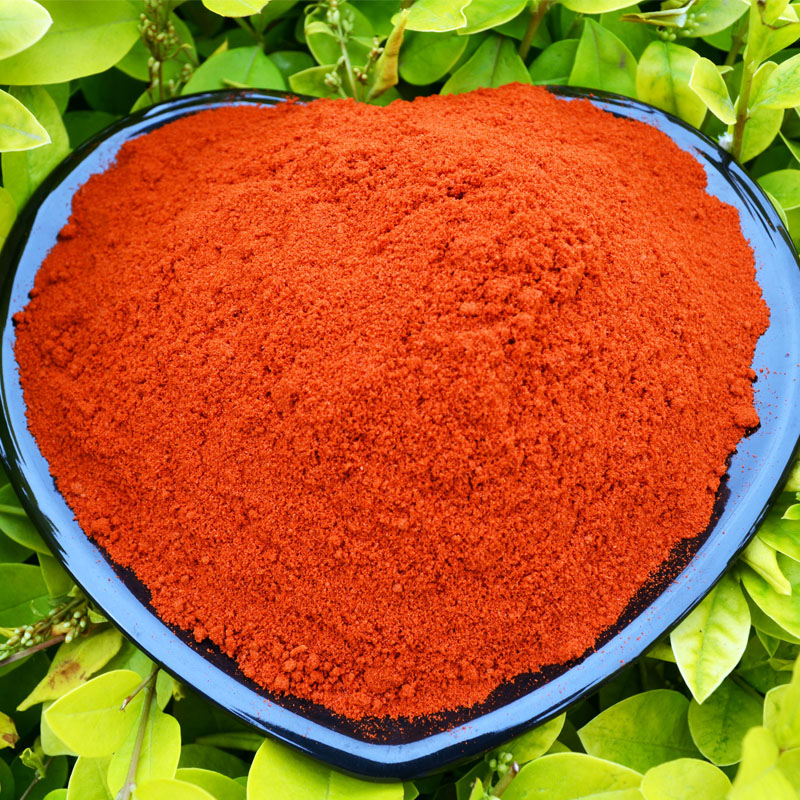- No. 268 Xianghe Street, Economic Development Zone of Xingtai city, Hebei 054001 China
- Byron@hbhongri.cn
Top Ground Red Pepper Exporters Thriving in Global Spices Market and Their Key Strategies
Ground Red Pepper Exporters A Key Player in Global Spice Trade
In the vibrant world of spices, ground red pepper stands out as a vital ingredient that enhances cuisines across the globe. Often referred to as cayenne or chili powder, this spice is cultivated in various regions, with notable exporters playing a crucial role in its distribution. Ground red pepper is not only a staple in cooking but also holds significant nutritional and medicinal value, making it a sought-after commodity in international markets.
The Importance of Ground Red Pepper
Ground red pepper is known for its distinct heat and flavor, stemming from the Capsicum annuum and Capsicum frutescens species. Rich in vitamins A, C, and E, this spice is celebrated for its health benefits, including improved metabolism, pain relief, and even cancer-fighting properties. Additionally, its vibrant color enhances the visual appeal of dishes, making it a favorite among chefs and home cooks alike.
The growing global demand for spicy food has led to increased production and export of ground red pepper. Major exporters, such as Mexico, India, and the United States, dominate the market, each contributing unique varieties that cater to different culinary traditions. As consumer preferences shift towards spicy and flavorful food, the significance of these exporters cannot be overstated.
Key Players in the Market
Mexico is one of the largest producers and exporters of ground red pepper, particularly its unique varieties such as Guajillo and Pasilla. These peppers are essential to traditional Mexican dishes and are increasingly gaining popularity worldwide. Indian exporters are also notable, offering a range of chili powders that cater to diverse international tastes. The country is famed for its rich array of peppers, including the fiery Bhut Jolokia and the milder Kashmiri chili, both of which have carved a niche in various markets.
The United States, with its advanced agricultural technology and stringent quality standards, is another leading exporter of ground red pepper. The country’s favorable climate allows for the cultivation of high-quality peppers, and U.S. exporters have a reputation for reliability and consistency in supply.
ground red pepper exporter

Challenges Faced by Exporters
Despite the booming demand, ground red pepper exporters face several challenges. Climate change poses a significant threat, affecting crop yields and quality. Additionally, pest infestations and diseases can severely impact production. Exporters must also navigate complex international trade regulations, which can vary significantly from country to country.
Furthermore, fluctuations in market prices can impose challenges related to profitability, requiring exporters to adopt innovative pricing strategies to remain competitive. Quality control is paramount as well; maintaining high standards ensures that ground red pepper meets the diverse expectations of global consumers.
The Future of Ground Red Pepper Export
As the market for ground red pepper continues to expand, the future looks promising for exporters. The increasing popularity of ethnic cuisines, especially in regions where spicy food is not traditionally prevalent, presents a significant opportunity. Moreover, the rising interest in health-conscious and natural ingredients positions ground red pepper as a staple in health food and organic markets.
Innovations in agricultural practices, such as sustainable farming and efficient supply chain management, can enhance the productivity and resilience of exporters. By adopting these practices, ground red pepper exporters can potentially mitigate some of the risks associated with climate change and market fluctuations.
In conclusion, ground red pepper exporters play an essential role in the global spice trade, meeting the ever-growing consumer demand for flavor and health. With a mix of tradition, innovation, and adaptability, these exporters are well-placed to navigate the challenges and seize the opportunities that lie ahead, ensuring that ground red pepper remains a beloved ingredient in kitchens around the world.
-
Turmeric Rhizome Powder: A Golden Treasure from Roots to TableNewsJul.28,2025
-
The Versatile Application Of Crushed Red Hot Peppers: Lighting Up The Red Flames On The Dining TableNewsJul.28,2025
-
The Paprika: A Touch Of Vibrant Red In Color, Flavor, And CultureNewsJul.28,2025
-
Ground Turmeric: A Modern Examination of an Ancient SpiceNewsJul.28,2025
-
Capsicum Liquid Extract: Features, Applications, and ChallengesNewsJul.28,2025
-
Application of Capsicum Liquid Extract in FoodNewsJul.28,2025







